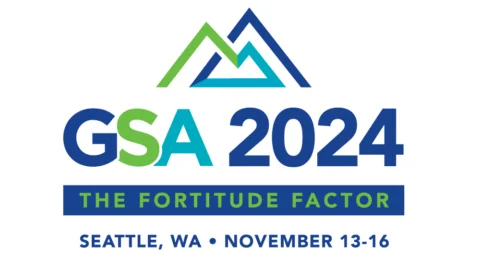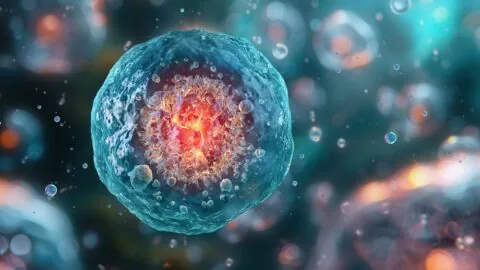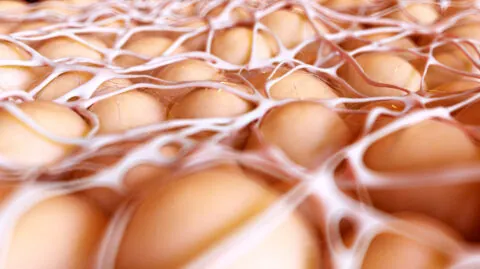January 21, 2025
A new paper published in Nature Aging suggests that somatic mutations cause significant remodeling of the epigenetic landscape. The findings might be relevant to future anti-aging interventions [1]. The genome and the epigenome Genomic instability and epigenetic alterations are two of the hallmarks of aging [2]. The former occurs in somatic cells due to replication...
November 26, 2024
Today, we bring you a selection of presentations from the annual conference organized by the Gerontological Society of America. Most of our savvy readers, if asked to name the biggest gerontology conference, would probably go with the venerable ARDD in Copenhagen or the new favorite, Hevolution Foundation’s Healthspan Summit in Riyadh. Yet, both pale in...
November 06, 2024
In a new study, the researchers administered human umbilical cord-derived mesenchymal stem cells (HUCMSCs) to aged mice and observed reduced degeneration in multiple organs, changes to microbial composition, metabolic alterations, improvements in behavior and ability, and reduced fearfulness [1]. Therapeutic potential Earlier this year, we reported on a clinical trial in which administering HUCMSCs reduced...
October 14, 2024
In Aging Cell, researchers have described the chemical ways in which excessive visceral fat causes oxidative stress and cellular senescence. Visceral fat is metabolically active Metabolic syndrome, a host of intertwined disorders that include obesity and cholesterol imbalance, is known to have multiple harmful effects that lead to decreased lifespan. These include a propensity towards...
September 11, 2024
Researchers have tested several combinations of ingredients with anti-aging properties. Those combinations, including a 12-ingredient formulation created by NOVOS, helped to reduce DNA damage and oxidative stress in human skin cells in cultures [1]. Fighting multiple Hallmarks of Aging at once Aging impacts multiple cellular processes, and these impacts can be assessed through biomarkers. The...
January 29, 2024
Steve Horvath, Vera Gorbunova, Alejandro Ocampo, and their team have used partial reprogramming to repair DNA damage in a mouse model. They published their findings in Frontiers in Aging. Building a path to rejuvenation Yamanaka Factors - Opportunities for RejuvenationDrs. Takahashi and Yamanaka showed that they could use Oct4, Sox2, Klf4, and c-Myc (OSKM) to reprogram...







